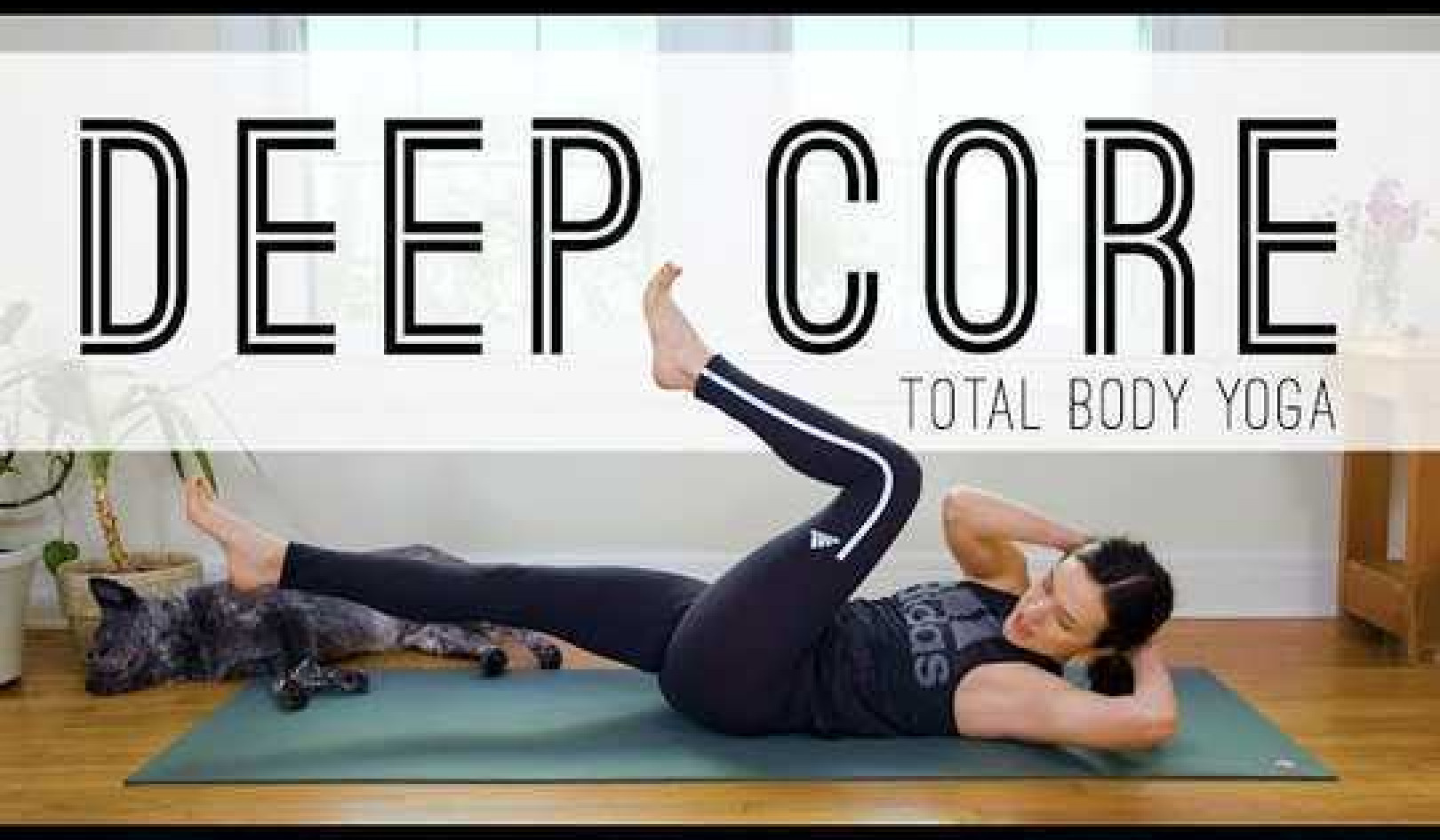
Walking or running, how do you save energy to cover the same distance? François Dernoncourt. Provided by the author.
In this Article:
- Which burns more calories: walking or running the same distance?
- How does metabolic cost affect energy consumption?
- Why does running use more energy than walking?
- How does speed impact energy use in walking and running?
- What is the effect of post-exercise energy expenditure?

Walking vs Running: Which Consumes More Energy?
by Clément Lemineur, Université Côte d’Azur, et al.
It’s Monday morning, the alarm goes off and it’s already 7:30 a.m. – and you’re 30 minutes late. Normally you need 45 minutes to walk the 3 kilometres to work, but this morning you’ll be running for 20 minutes. Yes, but by lunchtime you’re feeling more tired and you have the impression that you’ve expended more energy than usual on the trip. Yet you’ve covered the same distance as on the other days. How can this be?
The calorie expenditure associated with any activity is called the “metabolic cost”, and corresponds to the energy consumed by our organs to cover a given distance. This metabolic cost can be determined by analysing the oxygen our bodies consume and the carbon dioxide they produce, we can estimate the amount of energy expended, and thus the metabolic cost. It was using this method that researchers had already answered our question back in the 1970s.
Perhaps not surprisingly, running consumes more energy than walking for the same distance covered. But why?
Energy lost when running
Imagine you’re watching someone running. Now look closely at the vertical movement (up and down) of their pelvis and head. As you can see from the diagram below, when we run, the distance that our body moves up and down is greater than when we walk. To produce this vertical movement, the muscles of the lower limbs have to generate more force, and that consumes more energy, yet doesn’t bring us any closer to our destination. So when running, part of the energy expended is used to move our bodies upward rather than forward. The energy needed to cover those 3 km is therefore higher for running than for walking.

Running involves much greater vertical oscillation of the centre of mass than walking. This is the main reason why running consumes more energy than walking for the same distance covered. François Dernoncourt, PROVIDED BY THE AUTHOR.
This difference between walking and running is not confined to what happens during the activity itself. In fact, each physical exercise causes a delayed expenditure of energy, which is added to the expenditure during the activity.
Taking this into account, it’s once again running that uses more energy than walking. Immediately after running your 3 km, the increased energy consumption (compared with resting) lasts for several minutes, mainly because of the increase in body temperature and the replenishment of energy reserves. This additional expenditure after running is more than twice that observed after walking, due to the difference in intensity between the two exercises.
It all depends on speed
Running therefore involves a higher calorie expenditure than walking for the same distance covered. But this is on condition that the walking speed considered is “normal” (around 5 km/h). So, if we walk very slowly, it will take us so long to cover the 3 km that the calorie expenditure will be greater in the end. This is because the body expends a certain amount of energy per unit of time no matter what, regardless of the activity performed (known as the “basal metabolic rate”).
The same applies if the walking speed is very fast (more than 8 km/h): running is more energy-efficient. Here, the coordination required to walk at such a speed means that we need to activate our muscles more, without being able to take advantage of the elasticity of our tendons, as is the case with running.
Moreover, we have a very precise intuitive perception of the energy efficiency of a particular style of movement. If we’re on a treadmill whose speed gradually increases, the point at which we spontaneously switch from walking to running coincides with the moment when it would become more energy-consuming to walk than to run.

Modelling of metabolic cost (kilocalories expended per kilogram per kilometre covered) as a function of speed (kilometres per hour) for walking and running. The curves cross at a certain speed (purple line; around 8 km/h): this means that above this speed, walking becomes more energy-intensive than running. It’s at around this threshold speed that people spontaneously switch from walking to running. François Dernoncourt, Adapted from Summerside et al, PROVIDED BY THE AUTHOR.
In conclusion, because of greater oscillation of the centre of mass and increased energy expenditure after exercise, running to work is more energy-intensive than covering the same distance by walking. But remember, whether you choose to walk or run to work, the most important thing is that you’re already saving energy!![]()
Clément Lemineur, Doctorant en Sciences du Mouvement Humain, Université Côte d’Azur; Clément Naveilhan, Doctorant en Sciences du Mouvement Humain, Université Côte d’Azur et François Dernoncourt, Doctorant en Sciences du Mouvement Humain, Université Côte d’Azur
Article Recap
This article delves into the energy consumption differences between walking and running the same distance. It explains why running generally consumes more energy due to greater vertical oscillation and increased post-exercise expenditure. Additionally, it highlights how speed impacts energy use, making running more efficient at higher speeds and walking more energy-intensive at very slow or very fast speeds. Understanding these dynamics can help you make informed decisions about your exercise routines.
This article is republished from The Conversation under a Creative Commons license. Read the original article.
Books on Exercise from Amazon's Best Sellers list
The Four-Pack Revolution: How You Can Aim Lower, Cheat on Your Diet, and Still Lose Weight and Keep It Off
by Chael Sonnen and Ryan Parsons
The Four-Pack Revolution presents a total-life approach for attaining health and fitness goals without the hard work and suffering.
Click for more info or to order
Bigger Leaner Stronger: The Simple Science of Building the Ultimate Male Body
by Michael Matthews
If you want to build muscle, lose fat, and look great as quickly as possible without steroids, good genetics, or wasting ridiculous amounts of time in the gym and money on supplements, then you want to read this book.
Click for more info or to order
The Women's Health Big Book of Exercises: Four Weeks to a Leaner, Sexier, Healthier You!
by Adam Campbell
The Women's Health Big Book of Exercises is the essential workout guide for anyone who wants a better body. As the most comprehensive collection of exercises ever created, this book is a body-shaping power tool for both beginners and longtime fitness buffs alike.
Click for more info or to order
Bodyweight Strength Training Anatomy
by Bret Contreras
In Bodyweight Strength Training Anatomy, author and renowned trainer Bret Contreras has created the authoritative resource for increasing total-body strength without the need for free weights, fitness machines, or even a gym.
Click for more info or to order
The Men's Health Big Book of Exercises: Four Weeks to a Leaner, Stronger, More Muscular You!
by Adam Campbell
The Men's Health Big Book of Exercises is the essential workout guide for anyone who wants a better body. As the most comprehensive collection of exercises ever created, this book is a body-shaping power tool for both beginners and longtime fitness buffs alike.























